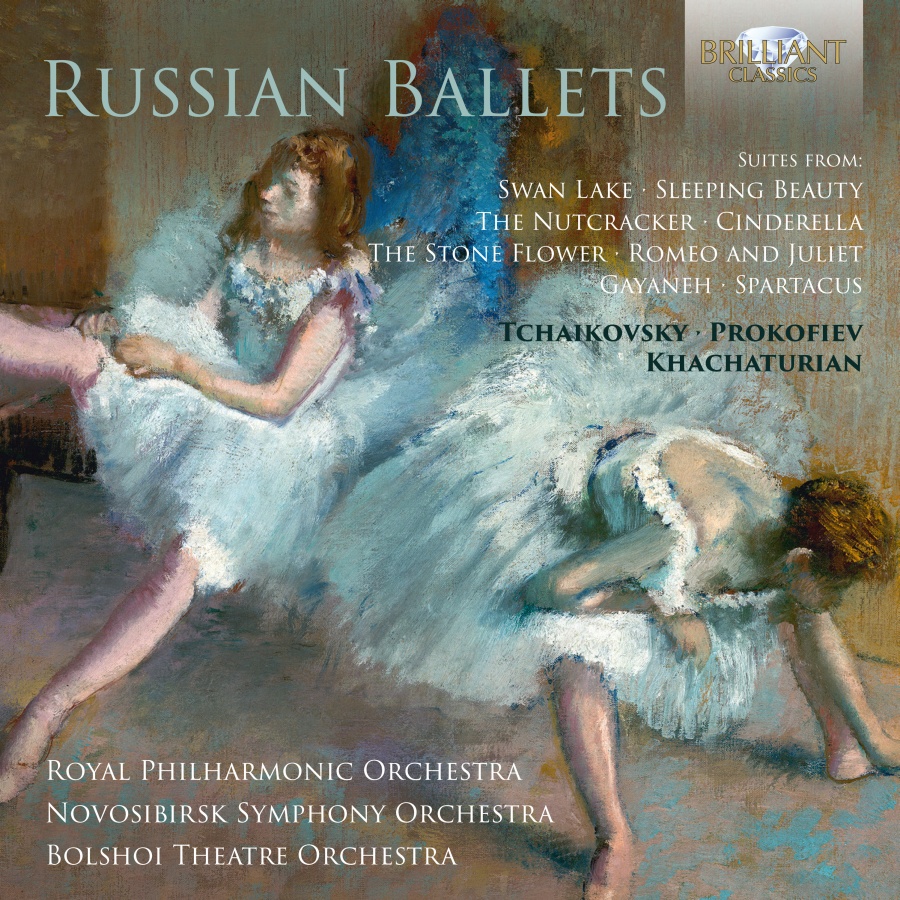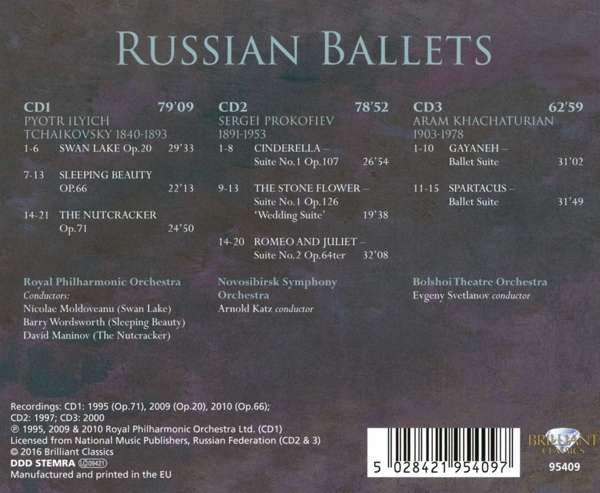
tytuł
Russian Ballets
wykonawcy
Różni wykonawcy
nr katalogowy
95409
opis
Towards the end of the 19th century, ballet was declining in popularity in Western Europe but acquired an increased significance in Russia. This was thanks in part to the music for dancing which had been part of native operas ever since Glinka founded a school and tradition with Ruslan and Ludmila and A Life for the Tsar. However, it was also due to a succession of gifted French choreographer such as Marius Petipa that the St Petersburg ballet flowered. Minkus, Delibes and Adam, among many others, were commissioned for scores by Petipa, but it was with Tchaikovsky that ballet music would alter radically, away from its incidental, accompanimental role and towards a symphonic status which is recognised by the ballets on this compilation being at least as famous for their music as their dancing. Petipa was responsible for commissioning the composer’s most familiar ballet – perhaps the best-loved ballet of all, The Nutcracker, on which the composer exercised all his mastery of timing and orchestration.
nośnik
CD
x 3
gatunek
Muzyka klasyczna
producent
Brilliant Classics
data wydania
13-11-2019
EAN / kod kreskowy
5028421954097

(Produkt nie został jeszcze oceniony)
cena 75,00 zł
lubProdukt na zamówienie
Wysyłka ustalana indywidualnie.
Darmowa wysyłka dla zamówień powyżej 300 zł!
Darmowy kurier dla zamówień powyżej 500 zł!
sprawdź koszty wysyłki














